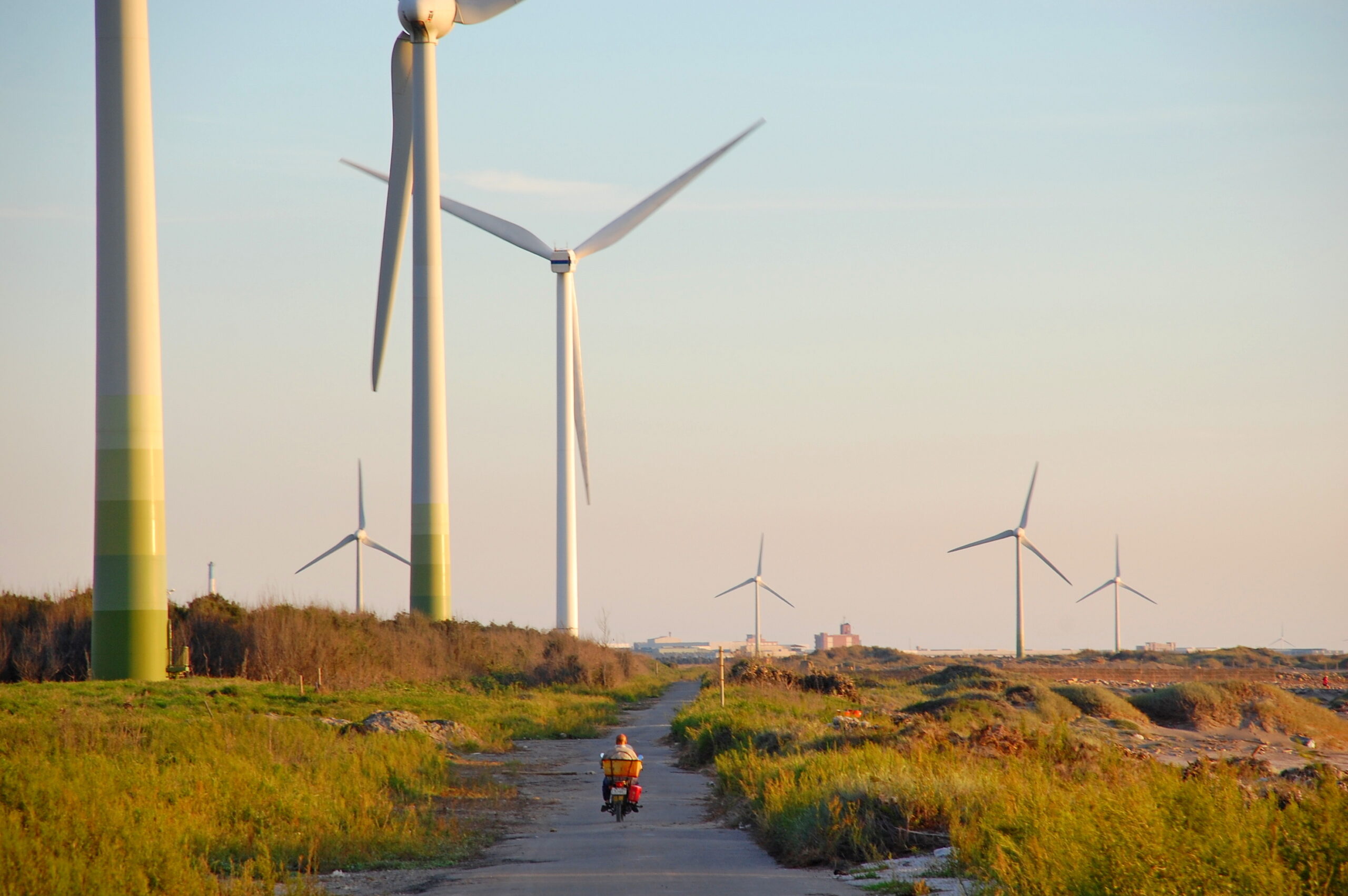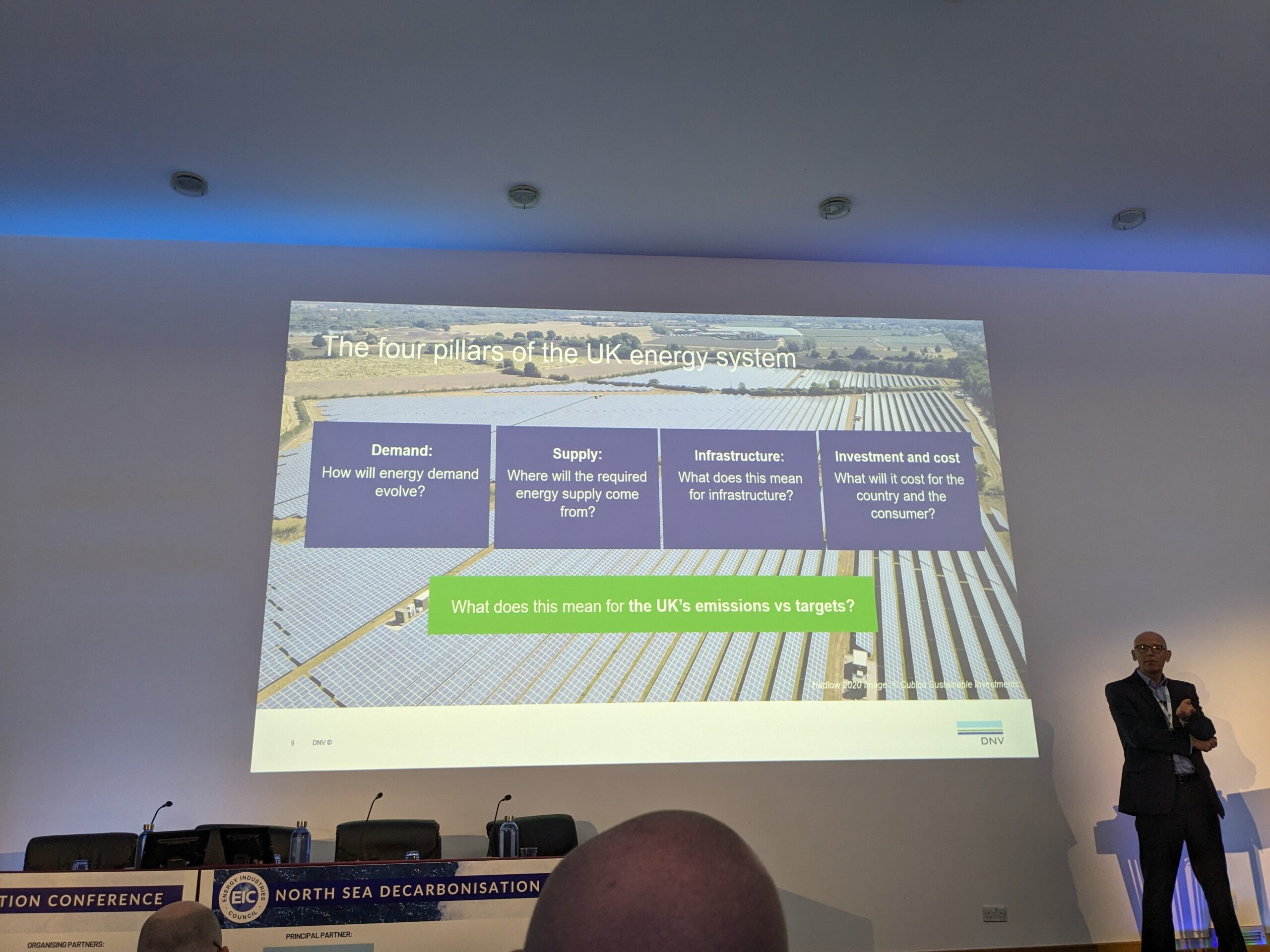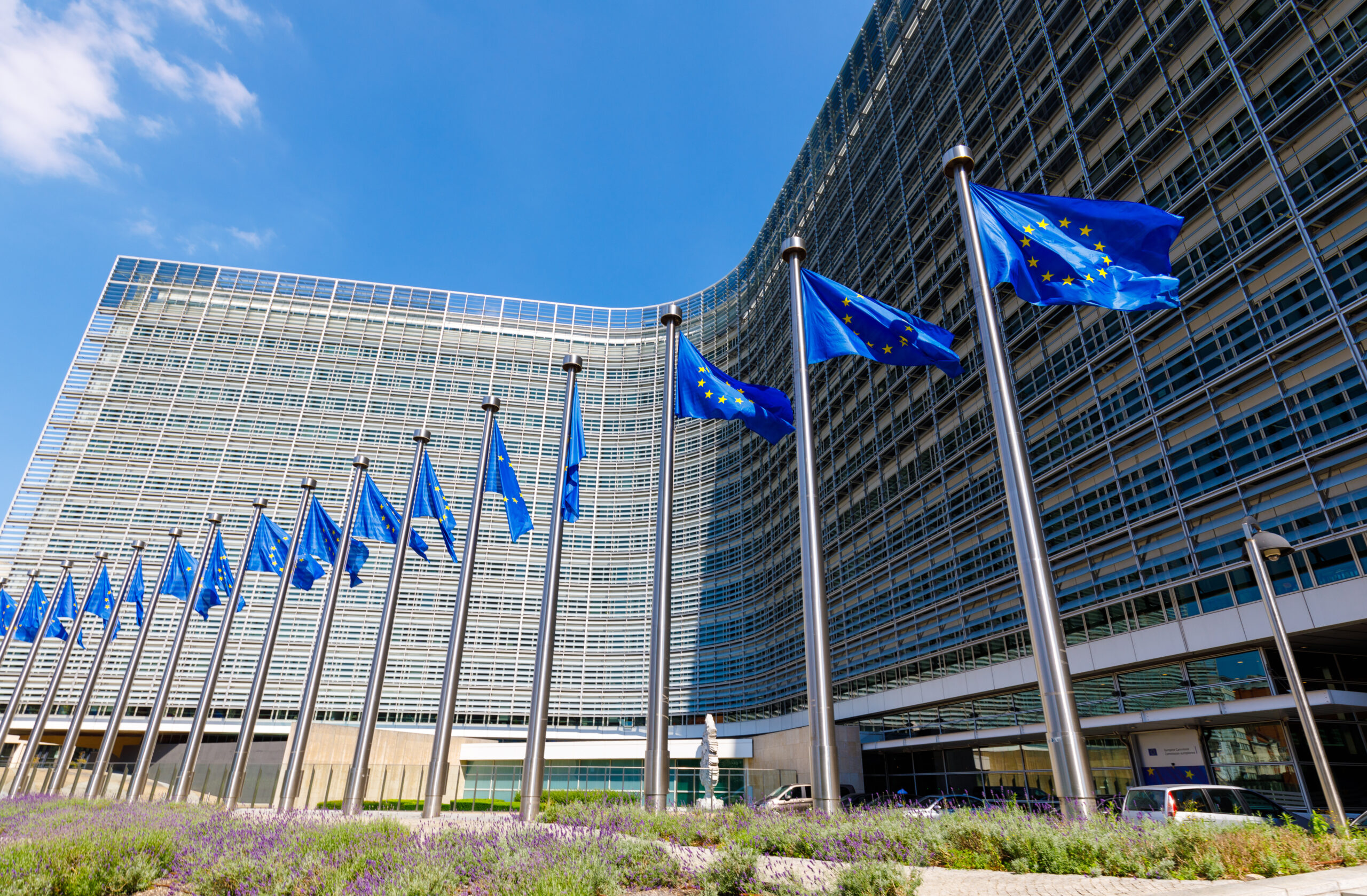Surging renewable energy gives world “real chance” of hitting 2030 targets
Renewable energy expanded by 50 percent last year, and explosive growth is expected to continue this decade, according to the IEA. The switch to renewables is still not happening fast enough, but the tripling of capacity by 2030 is possible.

The deployment of renewable energy around the world is expanding at rapid clip, putting the trebling of renewable energy capacity by 2030 goal within reach, according to a new report from the International Energy Agency (IEA).
The world added 510 gigawatts of renewable energy capacity in 2023, up an astonishing 50 percent from the year before, the IEA said in its new Renewables 2023 report, published on Thursday. Solar PV accounted for three-quarters of that total.
China accounted for the lion’s share of the progress, installing as much solar PV as the entire world completed in 2022. But the European Union, the United States, and Brazil also expanded renewables at record rates.
The IEA forecasts global renewable energy capacity surging to 7,300 GW between 2023 and 2028, with solar PV accounting for 95 percent of the total. Renewable energy is expected to surpass coal as the largest source of global electricity capacity by 2025.
That magnitude of expansion would amount to an expansion of two-and-a-half times current levels.
While short of what is needed to triple capacity by 2030, as called for in the COP28 Dubai agreement late last year, the world has “a real chance” of achieving that target if certain obstacles can be overcome.
“The new IEA report shows that under current policies and market conditions, global renewable capacity is already on course to increase by two-and-a-half times by 2030. It’s not enough yet to reach the COP28 goal of tripling renewables, but we’re moving closer – and governments have the tools needed to close the gap,” said IEA Executive Director Fatih Birol. “Onshore wind and solar PV are cheaper today than new fossil fuel plants almost everywhere and cheaper than existing fossil fuel plants in most countries.”
Birol said the largest challenge is “scaling up financing and deployment of renewables in most emerging and developing economies,” many of which are not benefiting from, or keeping up with, the energy transition. Tripling global renewable energy capacity by the end of the decade “will hinge” on bringing emerging economies into the fold.
The IEA identified a series of specific hurdles in emerging economies, including insufficient investment in grid infrastructure, permitting delays, fragile economic backdrops, and a lack of financing.
The good news is that the global supply chain bottlenecks that pushed up the cost of equipment have subsided. At the same time, new manufacturing capacity has come online. Both have helped push down costs. The IEA said that the prices for solar PV modules fell by 50 percent in 2023 from a year earlier. However, the wind power market faces more formidable challenges, with ongoing supply chain problems, higher costs, and permitting delays.
The problem is that while solar and wind are cheaper than coal and gas in many parts of the world, many regions “overinvested” in fossil fuels in the past decade, which is delaying the transition.
“Existing coal- and gas-fired power plant overcapacity in some ASEAN countries, including Indonesia, the Philippines, Thailand and Malaysia, remains a major obstacle to faster renewable energy deployment,” the report said.
In the U.S., utility-scale solar power is expected to grow by 75 percent in the next two years, with 79 GW expected to come online. Coal is now in sharp decline, as it has been for much of the past decade, while gas remains the largest source of power generation. For 257 days last year, U.S. solar, wind, and hydro generated more power than coal.
A new analysis from the Rhodium Group estimates that total U.S. greenhouse gas emissions declined by 1.9 percent in 2023, even as the economy expanded by 2.4 percent. Total emissions are 17.5 percent below 2005 levels, but remain far off track to hitting the Biden administration’s goal of cuts by more than 50 percent by 2030.
The tripling of global renewable energy capacity is one of five overarching pillars identified by the IEA as necessary to keep the 1.5-degree-Celsius target alive. The other four are doubling energy efficiency, cutting methane emissions, transitioning away from fossil fuels, and scaling up financing for emerging and developing economies.



